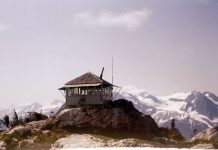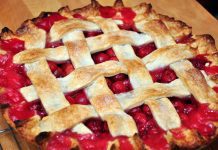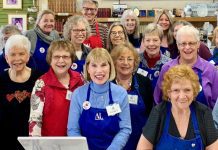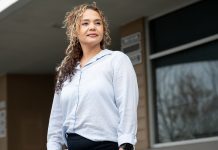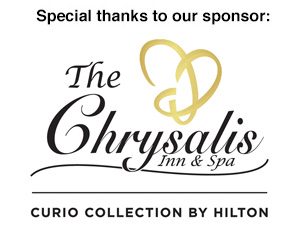Published in 1992, Annie Dillard’s debut novel The Living is arguably the most famous depiction of Whatcom County in literature. It portrays fictional characters against the backdrop of real history from 1855 to 1897, traces of which remain in Bellingham today.
The Living tells the story of pioneer characters, mainly the Fishburn family and John Ireland Sharp, surviving through cycles of loss and aiding development of Whatcom and Goshen. Its biggest conflict emerges as the antagonist, hermit Beal Obenchain, attempts to “possess the life” of protagonist Clare Fishburn through threats of murder. With sparse dialogue and omniscient third-person narration, the novel reads almost like a historical account.
The opening author’s note states: “The Living is fiction, and all of its characters are imaginary save Chowitzit, the Lummi chief, and Hump Talem, the Nooksack chief; James J. Hill and Frederick Weyerhaeuser, the railroad and timber magnates; Seattle political leaders; Tommy Cahoon, the scalped Pullman conductor; and George Bacon, the lively little mortgage agent.”
Annie Dillard’s writing process included living for five years in a restored 1890s house in Bellingham and only reading nineteenth-century materials. The resulting novel immerses readers just as fully into the real (and transposed) history of Whatcom County.
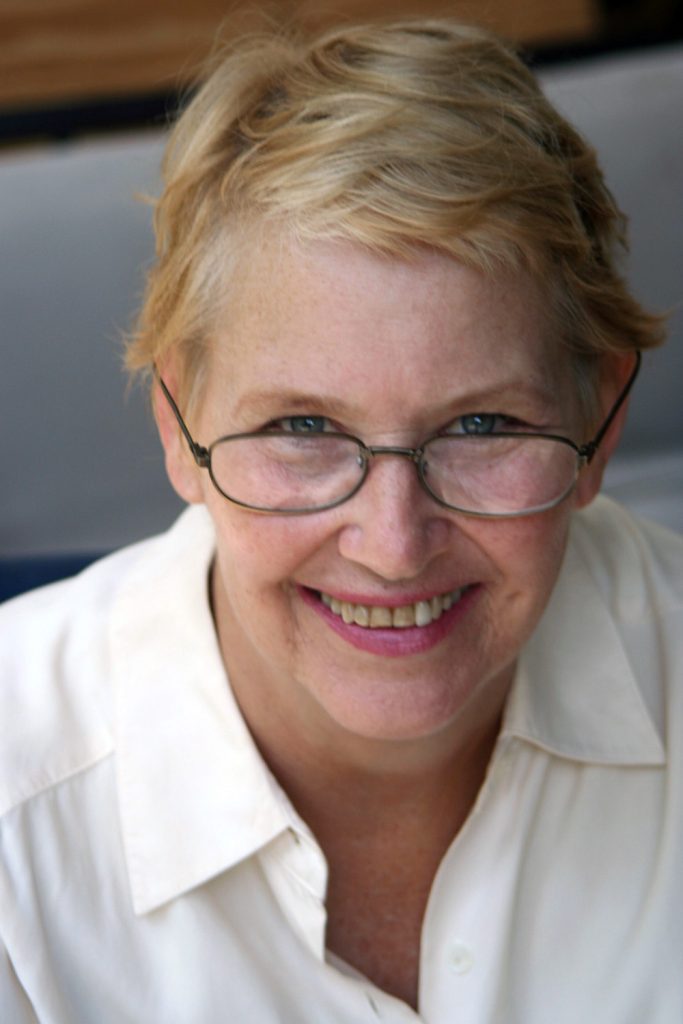
Pioneer Whatcom
In The Living, Whatcom stands in for itself and the four other towns — Sehome, Bellingham, Fairhaven — that would consolidate into Bellingham in 1904.
The author’s note states: “Whatcom was the first settlement, and had the lumber mill; Sehome had the coal mine.” The mill owned by fictitious Felix Rush alludes to Whatcom’s first enterprise, the real mill that Henry Roeder and Russell Peabody built on Whatcom Creek in 1852. The real Sehome Coal Mine operated from 1853 to 1878 underneath present-day downtown Bellingham.
The Living depicts the Fraser River Gold Rush close to reality: in 1858, thousands of San Francisco prospectors indeed caused Whatcom’s population to boom in the thousands for just a few months before Victoria requiring a license forced them to leave. As the novel describes, they built tent cities, a rough wagon trail (Whatcom Trail), and “the first brick building in Washington Territory, a warehouse” — T.G. Richards Building, still Washington’s oldest brick structure today.
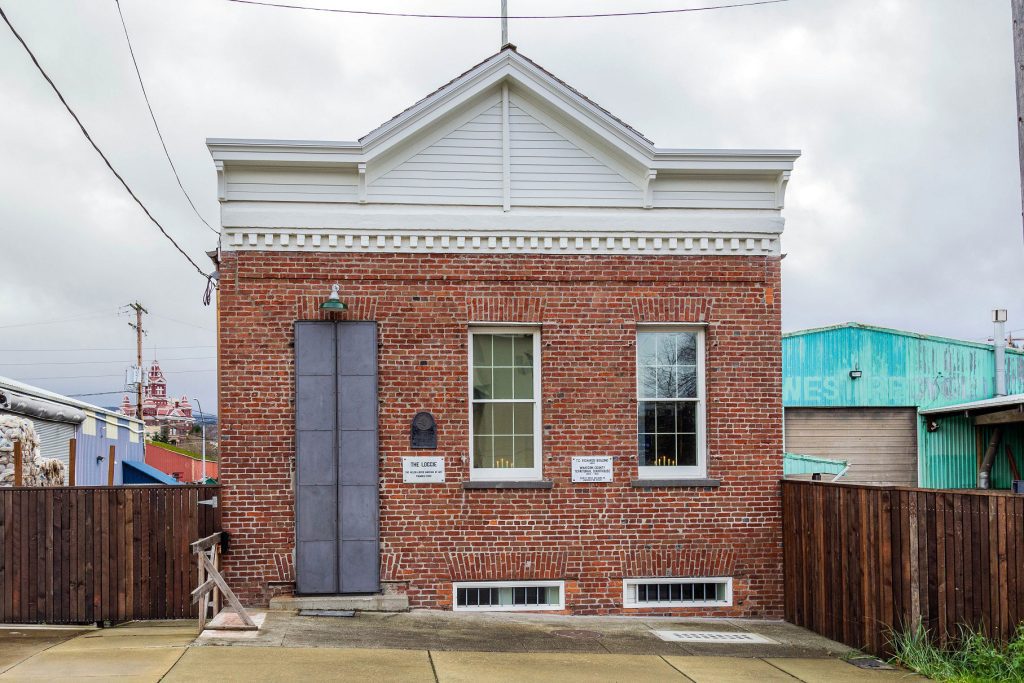
The character John Ireland Sharp struggles to reconcile belief in socialism with the People’s Party supporting the Chinese Exclusion Act of 1882, which drove Chinese laborers in early industries out of Whatcom, Seattle, and Portland by 1885 — in the novel and in reality. Today, one of Fairhaven’s historic markers includes an apology for later racial discrimination. The Living also notes “Celestials” as an ethnic slur for Chinese immigrants and “Terrestrials” for Irish immigrants.
As noted, The Living depicts real Lummi and Nooksack chiefs — and the cultures’ introductions to Catholicism and Methodism, respectively. Dillard spoke to Lummi Salish people and read historical accounts to research the history of local customs, Chinook jargon, conflicts such as the Yakima War, the Lummi Reservation’s origin with the Point Elliott Treaty of 1855, and the 1870s smallpox epidemics that afflicted the Nooksack.
Goshen and the Railroading Boom
Today, the former town of Goshen is little-known enough that some readers have mistaken it as Dillard’s invention. A 1915 Polk Directory notes it was “first settled in 1885,” which The Living transposes to decades earlier but accurately depicts as a farming and logging community on the Nooksack River. A Forest Orchid: And Other Stories (1897) by Ella Higginson also depicts characters Goshen and Sumas, named after their hometowns.
The real Goshen was a stop on the Bellingham Bay and British Columbia Railroad, hauling lumber. Dutch arrivals in The Living correspond to the real settlement of Lynden. Populated today by houses, farmland, and Goshen Nooksack Cemetery, the town’s name survives through Goshen Road and Everson Goshen Road.
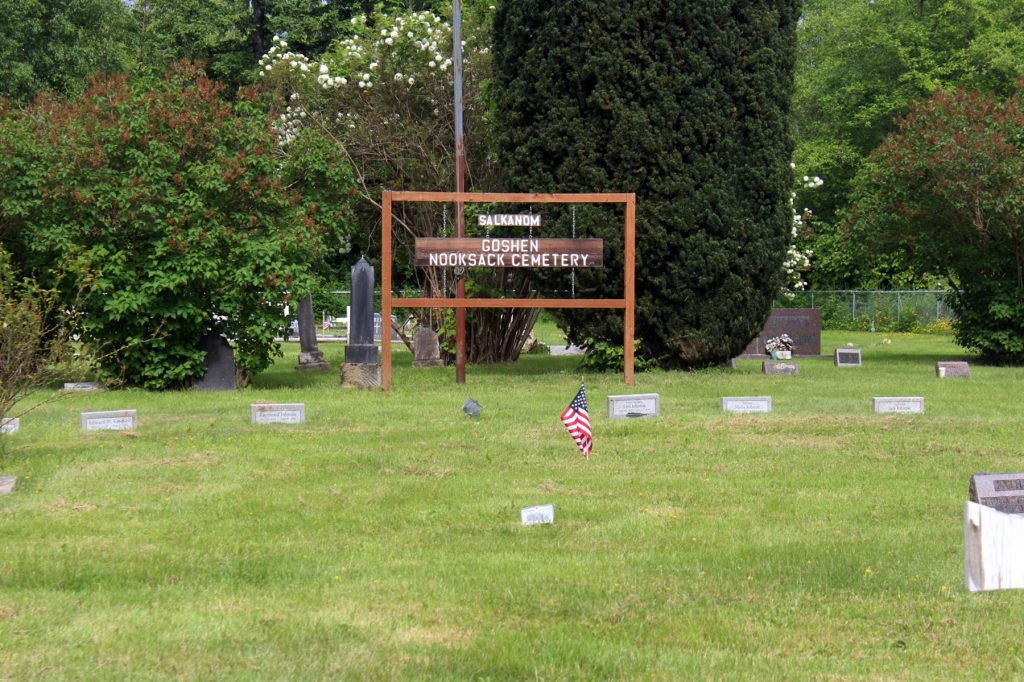
In The Living, “Whatcom and Goshen had been rivals for preeminence in the region for many years” and caused the “Great Water Fight” of 1891. In reality, rival Whatcom and Sehome firemen sprayed each other and train passengers when the Canadian Pacific Railway arrived, causing them to pass on Whatcom County for the American terminus. Dillard includes the anecdote of one “local patriot” lowering the Canadian Union Jack to the ground, where it was trampled.
The Living depicts other competitions for a railroad terminus that never came, coinciding with economic panics. The Northern Pacific Railway going to Tacoma coincides with the Panic of 1873. “Fairhaven expected the Great Northern Terminus” until “two years before the ’93 panic,” the author’s note says. However, this dramatic change reflects how the dreams of “Imperial Fairhaven” ending precipitated their struggle during the Panic of 1893.
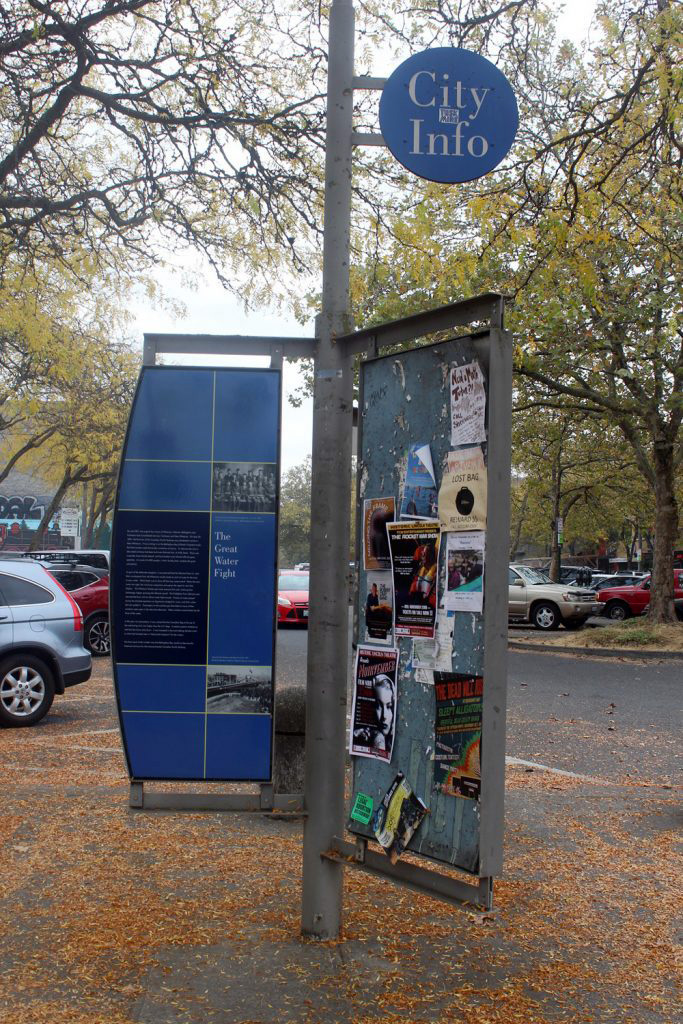
End of the Frontier
Later “books” of The Living describe Whatcom’s development, with Clare Fishburn and others in the Bellingham Bay Improvement Company developing the town and railroad since 1889.
The novel ends at the time when “men struggled up Ruby Creek in the Cascades, where a miner found a vein of gold.” Bookending the novel on another gold rush, this detail corresponds to Jack Post, Russ Lambert, and Luman Van Valkenburg founding the Mount Baker Mining District in 1897.
To the living of Whatcom County today, The Living describes a history that endures all around us.






